The question of why tropical regions exhibit higher biodiversity than other climatic zones is one of the oldest issues challenging naturalists.
The German naturalist Alexander von Humboldt wrote in 1807: “As we approach the tropics, the diversity of structure, form, and the mixture of colors, as well as the perpetual youthfulness and organic vitality, increases.” In tropical regions, there are more species of plants, animals, and fungi than in any other area, and this concentration decreases as one moves further away from the equator.
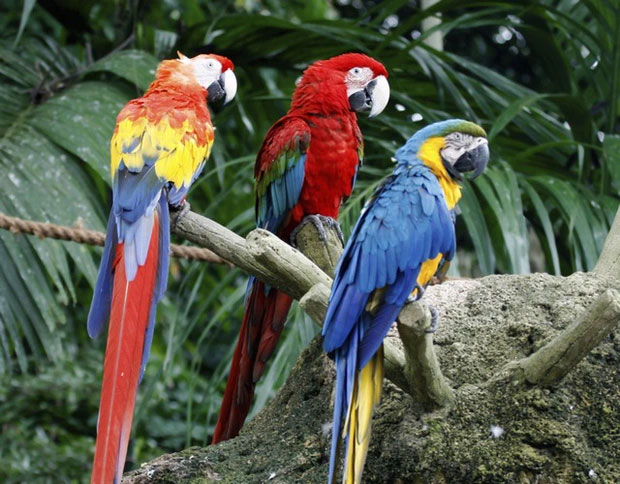
Tropical regions have more species of plants, animals, and fungi than any other area.
This phenomenon is referred to as “the latitudinal biodiversity gradient”. Science is trying to propose several hypotheses to explain it.
Hypotheses for Tropical Biodiversity
According to Andrew Dobson, a professor of disease ecology and conservation at Princeton University, there are three main hypotheses explaining why tropical regions are so biodiverse, along with several other explanations that may play a role.
Energy Hypothesis
The first hypothesis is based on energy. It posits that tropical regions inherently have more thermal energy and solar energy from sunlight, and when combined with rainfall and soil nutrients, plants grow better.
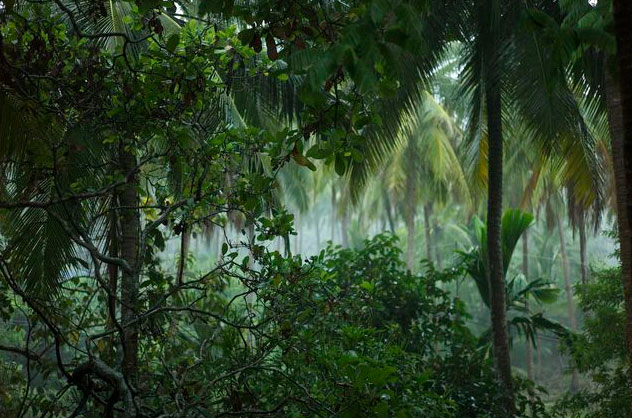
A tropical rainforest in Thailand.
When plants thrive, it means that food sources for animals also become abundant, helping them survive and reproduce. Meanwhile, as Dodson explains, in polar and subpolar regions, the Sun is “absent” for half the year due to the tilt of the Earth, leading to a lack of energy for development.
From an evolutionary perspective, the rich development of plants leads to the diversity of animals. Dobson explains that as plants grow more, it corresponds to a greater diversity of herbivores. And with diverse and abundant herbivores, their primary predators also develop accordingly.
This level of interaction within the food web—between plants and fungi, herbivores, and predators—leads to a “rate of new species formation”, where a new species begins to differentiate from its evolutionary ancestors.
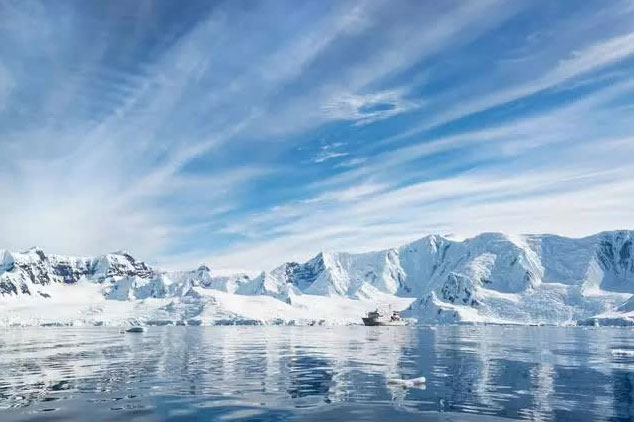
Past ice ages did not significantly affect tropical regions.
Historical Hypothesis
The second hypothesis suggests that tropical regions are older environments, uninterrupted by major ice ages, allowing species more time to evolve. Most of today’s biodiversity has developed over the past 200 million years, but it has been impacted by numerous ice ages.
Dobson notes that the expansion and contraction of glaciers at the poles “completely eliminate life from the Arctic (and Antarctic) regions.” Life continues in the tropics, developing and diversifying, while life in the polar regions must re-establish itself.
Meanwhile, biodiversity in the tropics cannot migrate to colder areas of the Earth. As more species concentrate in the tropical environment, they adapt to the warm climate and then struggle to adapt to the colder climates of higher latitudes, Dobson states.
Limit Hypothesis
The third hypothesis relates to the limits of diversity. This theory suggests that different environments have “the capacity to support a richness of different species,” and it can be understood that this limit is higher in the tropics than in other climatic zones, according to David Storch, a professor of ecology at Charles University in Prague.
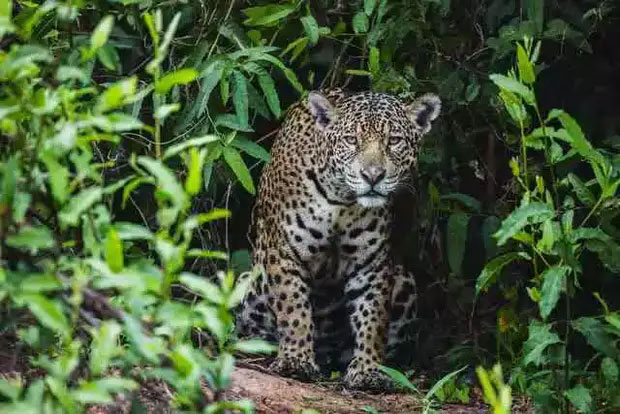
Resource-rich environments lead to greater animal diversity.
Resource-rich environments lead to greater animal diversity, especially when some species compete with each other. However, an increase in plant productivity does not necessarily lead to an increase in the number of species based on this hypothesis. Storch states: “The issue is not just about productivity and the amount of resources, but also about the variability of resources in the environment.“
It is important to note that while tropical regions have a high rate of new species emergence, the extinction rate is also high. This phenomenon can be explained: When high biodiversity is concentrated in a certain area with limited resources such as food and nutrients, the populations of each species must shrink.
Moreover, different species within the same ecosystem will interact and compete with each other, leading to the potential extinction of weaker species. This hypothesis is supported by the aforementioned second hypothesis, suggesting that tropical regions are both a “cradle” for new species and a “museum” storing countless extinct species.
Unexplained Exceptions
The difficulty lies in the fact that the rule of “the latitudinal biodiversity gradient” is not always accurate. There are some examples that contradict this trend. Some animal species, such as penguins, rely on abundant food sources in the frigid waters of Antarctica.
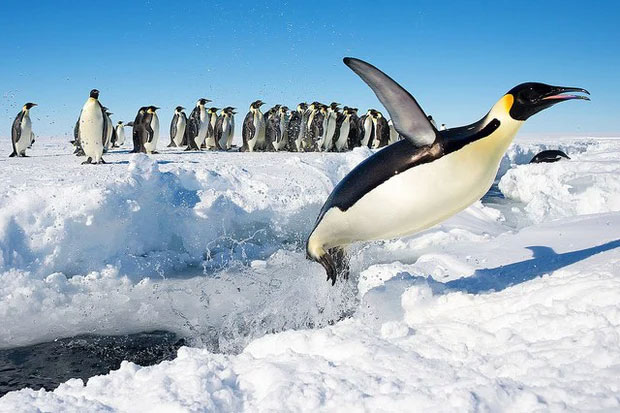
The rule of “the latitudinal biodiversity gradient” is not always accurate.
Storch states: “Some species originated far from the equator, and they did not have enough time to expand into tropical regions.” In other words, diversity in certain groups of animals and plants can still appear in the cold poles.
Similarly, there is greater diversity of certain species in temperate or subarctic climates compared to the poles of the Earth. For example, gymnosperms “are limited to colder regions due to competition from broadleaf trees. Some groups are overshadowed, essentially pushed out of the tropics by competing rivals.“
The necessity to adapt to temperate or polar climates causes different biodiversity in the creation of subspecies (a lower level of species division in biology). According to Storch, while tropical regions host many distinct and varied species, numerous studies report high diversification of subspecies at higher latitudes.
The Paradox of Parasites
A group of organisms that creates a paradox in the hypothesis of the latitudinal biodiversity gradient is parasitic worms; the diversity of parasitic types increases as you move away from the equator. The high number of species in tropical regions means that their relative abundance decreases because they all compete with one another, thus the population density and range of species (the geographical distance they cover) are much smaller than in temperate regions or the Arctic.
Dobson states: “The larger the host populations, the more parasites can be supported and the more parasitic species there can be. If the level of diversity is lower but the host populations are larger, they can support greater parasitic diversity.” Moreover, larger species sizes and larger area coverage of each species in temperate and subtropical regions help parasites increase their biodiversity.
Therefore, according to Dobson, an area with overall lower biodiversity somehow acts as a “species production pump,” generating more types of parasitic worms than anywhere else in the world.


















































